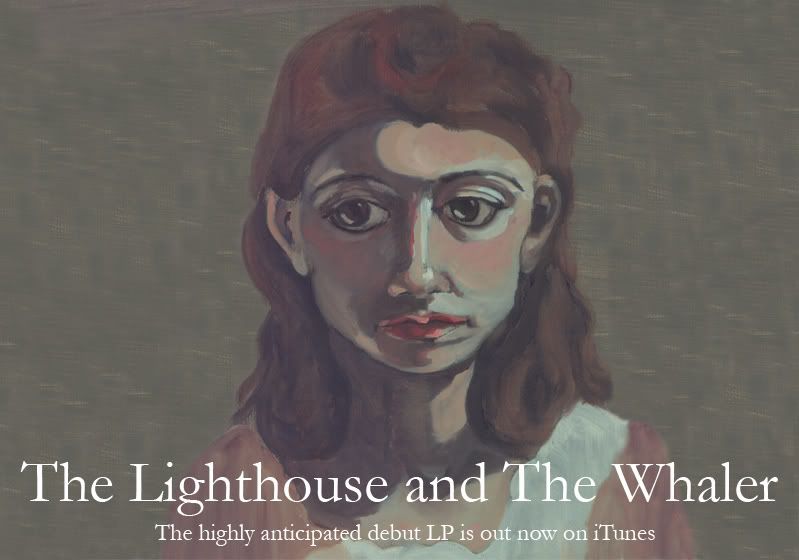 As you may have read last week
As you may have read last week, I teamed up with some students and professors from HBS on Saturday to try to win the
DARPA Network Challenge for the
(RED) campaign. We reached over 2 million people in three days, but were beat by our rivals across the river (congratulations, MIT).
"So where were the balloons?" you ask.
Here is a map of the locations.
(Side note to my Atlanta friends: Not ONE of you noticed the red balloon in Centennial Park???)Following the challenge, my classmate,
Rafael Corrales, asked me to write some reflections. His own
post is pretty extensive, especially about our strategy and analytical findings, so I'll use this opportunity to share some lessons I took away on social networking and online behaviors.
1) It's easy to hide behind broadband barriers.As I followed the Twitter trend for
#redballoons on Saturday I saw numerous reports and pictures being posted. However, it was difficult to discern which were real and which were fake (and a number were, in fact, fake).
One example is
this picture which did not have a location description attached to it. I recognized it to be from Union Square in San Francisco (because I've shopped at that Macy's before) but could not confirm it. Instead I called on our professor
Misiek Piskorski, who was in SF, to see if it was real (which it was -- good catch,
@nancyborden). In another instance, I learned that a balloon report in Chicago was a fake, after a friend checked out the scene for me.
When all you can see about a user is their screenname and any personal information he/she/it has volunteered, you have to be skeptical of what you read online.
On the Internet, anonymity circumvents accountability.2) Beware of search sabotage, which might even be self-inflicted.I noticed within the first few hours of our Google AdWords campaign that we'd run through our entire campaign budget. Drilling down into the data, I saw that the keywords "DARPA" and "DARPA balloons" generated the most clicks. Since you'd have to know that the red balloons were associated with DARPA to search those keywords, my guess is that the clicks came from competitors who either 1) clicked our ads to find out what our team was doing, or 2) wanted to run up our advertising bill. We'll never know.
In hindsight, we might have omitted some keywords to make sure the SEM campaign reached the intended audience, not our competitors.3) "The currency of real networking is not greed, but generosity."On this point, I recall what an HBS alum told me about networking: it often seems fruitless, but then you'll get that one connection who introduces you to another and another, and suddenly things start happening.
That was true here. A number of "cold connections" came through for our team and helped our network extend far and fast. One example is the HBS alumni network, especially the DC and Northern California chapters, who sent our message to over 7,000 alums. Brad also helped us get an article with
ABCNews.com.
You never know who is going to go the extra mile for you.4) Objects in Mirror Are Closer Than They Appear.
I wasn't surprised when HBS classmates asked me (in person) about Project (RED) Balloon. What did surprise me was hearing from old college friends across the country, some of whom I have lost touch with over the years. These were people who saw my posts on Facebook and jumped at the chance to help. Such interactions were a reminder that, even though I only regularly interact with a few dozen people via social networks, some 700+ Facebook friends are casually observing my comings and goings.
Social networks can turn passive relationships into active ones again with the click of a mouse.Thanks to
Brad,
Kyle,
Rafael and Professors
Lakhani and
Piskorski for an interesting experiment.
















